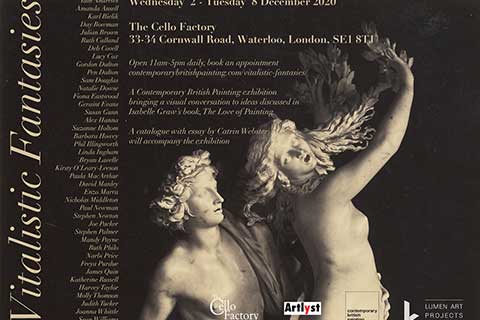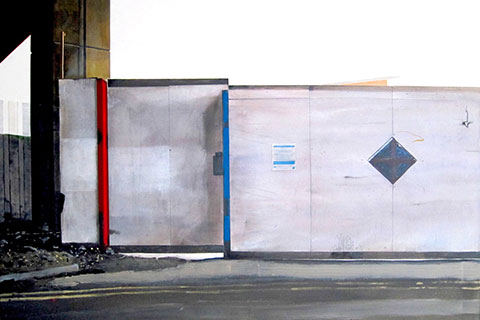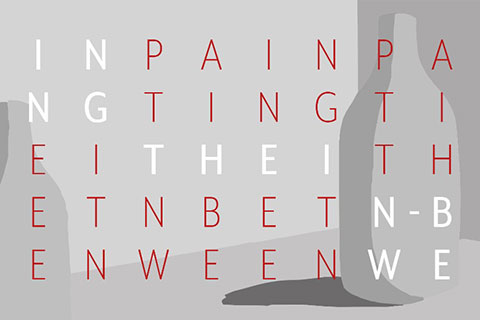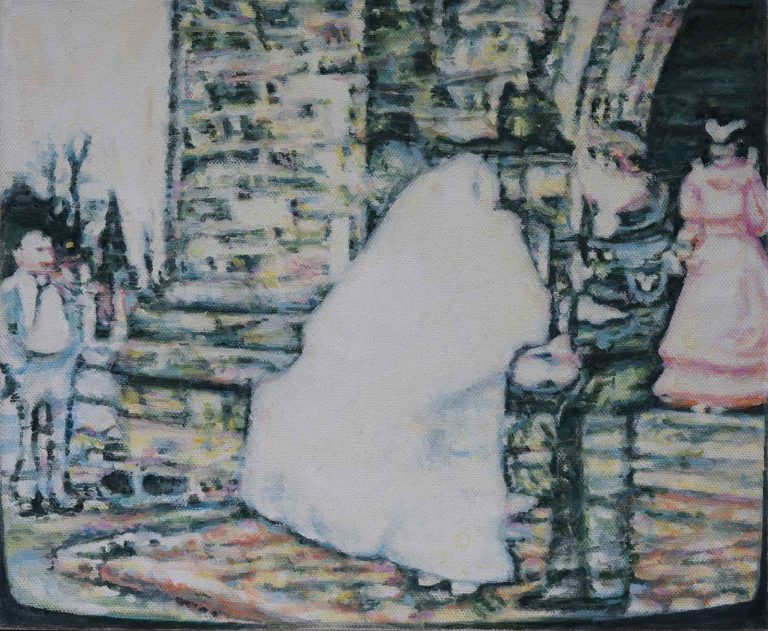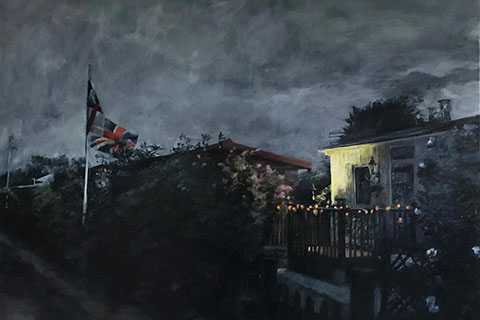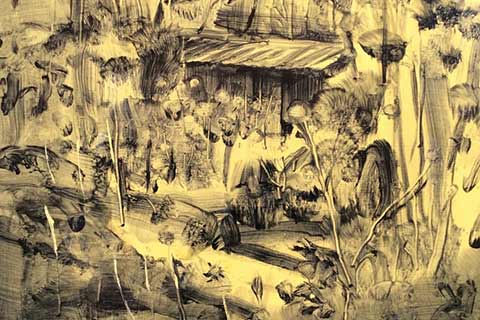Vitalistic Fantasies at The Cello Factory
We are delighted to announce that Vitalistic Fantasies is coming to The Cello Factory, London. An expanded version of the exhibition originally planned for 2020 BEEP Painting Biennial in Swansea will open on 2 December in London just as lockdown ends.
Works by 41 painters from Contemporary British Painting bring a visual conversation to ideas discussed in Isabelle Graw’s book ‘A Love of Painting’.
Venue: The Cello Factory, 33-34 Cornwall Road, Waterloo, London SE1 8TJ
Exhibition dates: Wednesday 2 – Tuesday 8 December 2020
By appointment via EventBrite
Artists: Iain Andrews, Amanda Ansell, Karl Bielik, Day Bowman, Julian Brown, Ruth Calland, Deb Covell, Lucy Cox, Gordon Dalton, Pen Dalton, Sam Douglas, Natalie Dowse, Fiona Eastwood, Geraint Evans, Susan Gunn, Alex Hanna, Suzanne Holtom, Barbara Howey, Phil Illingworth, Linda Ingham, Bryan Lavelle, Kirsty O’Leary-Leeson, Paula MacArthur, David Manley, Enzo Marra, Nicholas Middleton, Paul Newman, Stephen Newton, Joe Packer, Stephen Palmer, Mandy Payne, Ruth Philo, Narbi Price, Freya Purdue, James Quin, Katherine Russell, Harvey Taylor, Molly Thomson, Judith Tucker, Joanna Whittle and Sean Williams.
Curated by Paula MacArthur.
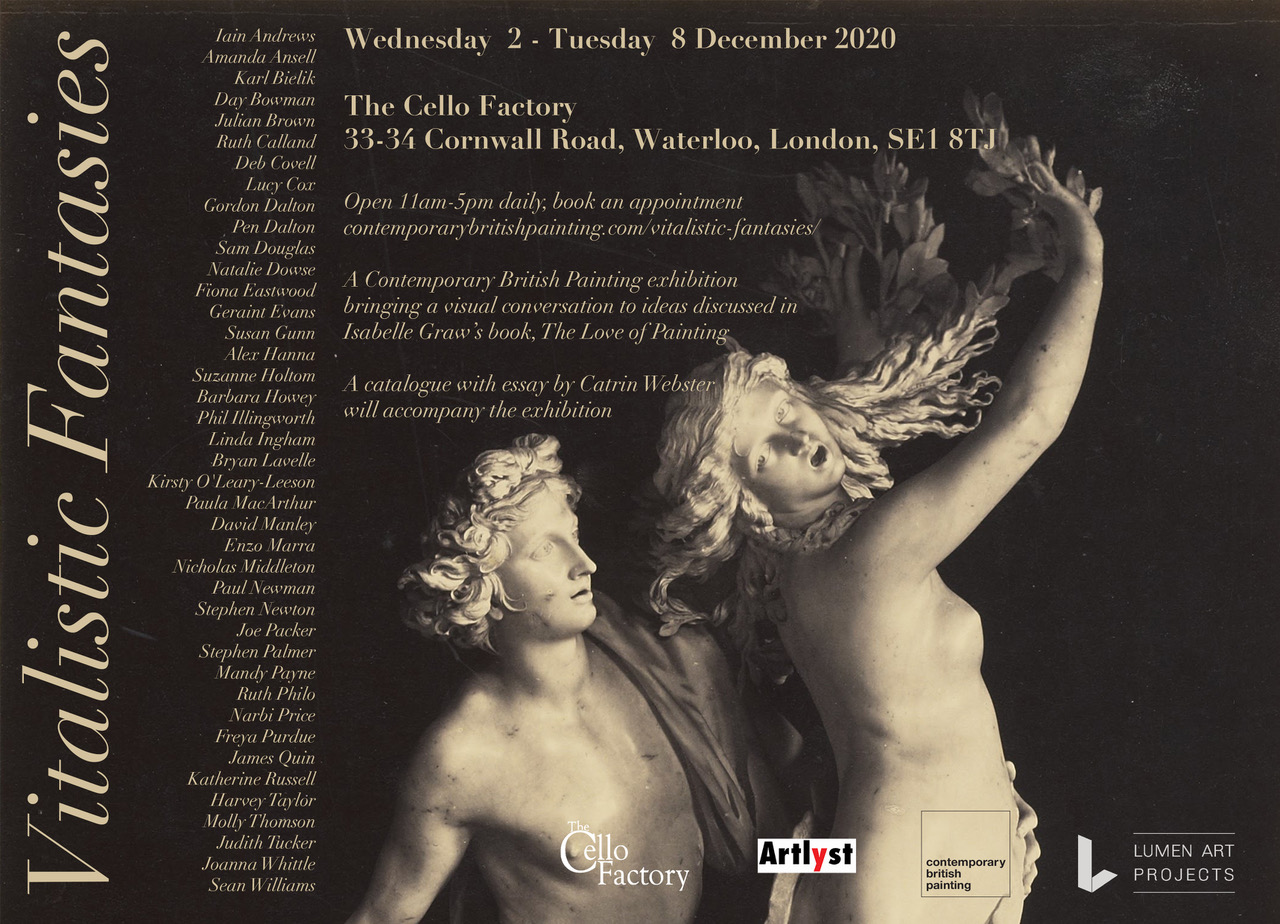
The title of this exhibition is taken from the introduction of Isabelle Graw’s 2018 book, The Love of Painting in which she argues that aliveness of paintings is created not only through the specific ways in which painters personalise their paintings by the traces of activity on the resulting work, but also through the projections of the viewer onto the painting.
She writes: “One key reason I call these fantasies “vitalistic” is because they imaginatively assume qualities of living beings such as subjectivity, liveliness, and animation for dead material. In a vitalistic fantasy, human attributes – like self-command, will, and energy – are projected onto lifeless material”.
The resulting record of the painter’s activity, however energetic or quiet, is suggestive of the artist themselves, the viewer is compelled to project an imagined personality onto the work.
When describing their working process painters often talk about paintings ‘painting themselves’ or ‘leading the way’ in the same way that novelists describe their characters as writing their own narrative. As a work develops its personality evolves and the painter intuitively follows.
Members of Contemporary British Painting come together at The Cello Factory in an attempt to bring a visual conversation to Graw’s ideas and consider how her argument resonates within their own individual practices.
These painters present us with images onto which we project ourselves, they are storytellers, colourists, mark makers, fantasists and so are we.
Download the catalogue with an essay by Dr. Catrin Webster.



